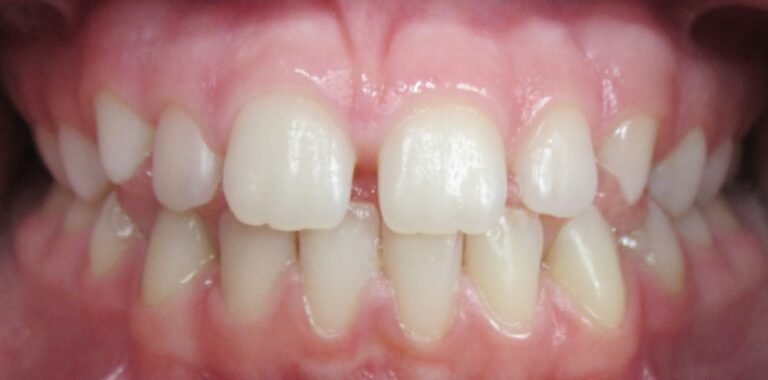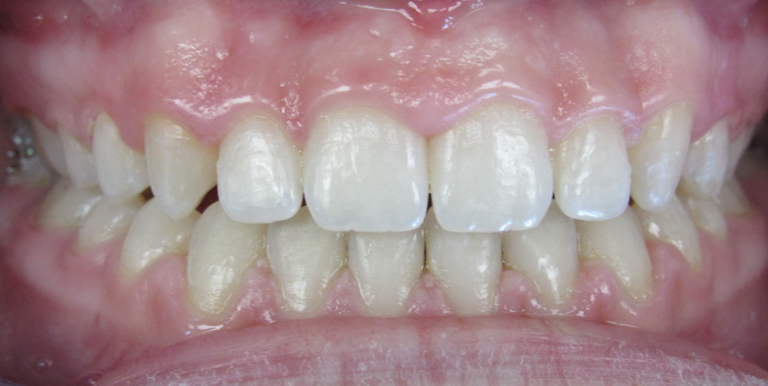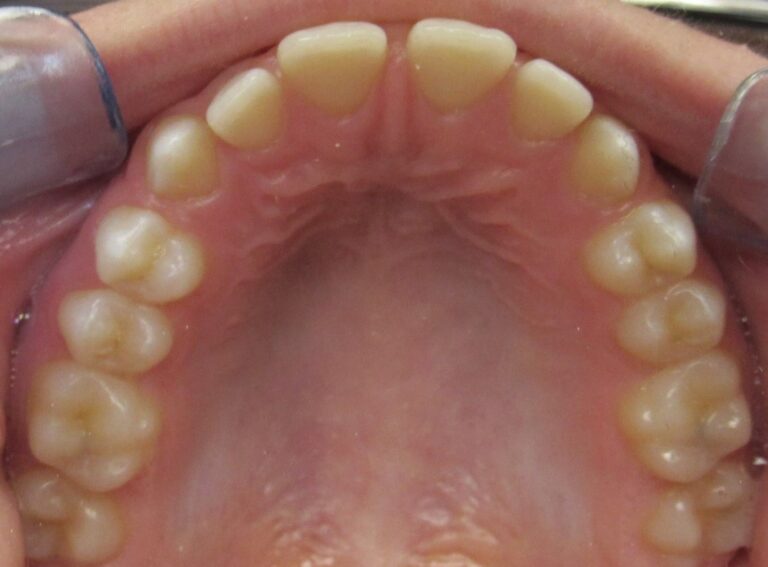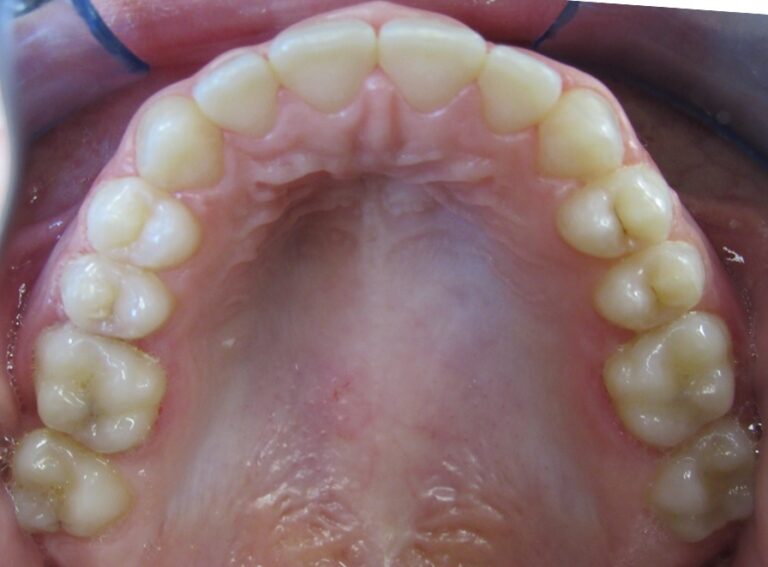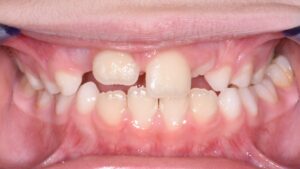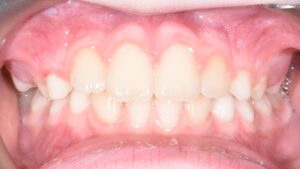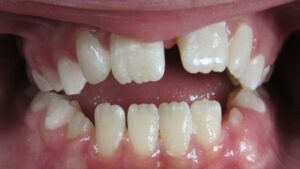Early Treatment
Did you know, an early visit to our orthodontists can save you time, money, and unnecessary procedures down the road?
The American Association of Orthodontists recommends Age 7. This allows the orthodontist to evaluate a child in the early stages of growth, tooth development, and tooth eruption to ‘intercept’ any problems.
Our exams are performed FREE OF CHARGE! Contact our office at the number below to schedule an exam!
Typically, we will wait until all the adult teeth are in before starting orthodontic treatment. However, there are instances that may require early treatment. See below for common problems and potential forms of treatment.
Crossbite (Posterior)
A crossbite may occur when the upper back teeth overlap inside the lower back teeth. If this occurs it should be corrected as soon as possible. A maxillary expander is commonly used to correct a side crossbite.
Anterior Crossbite (Underbite)
A crossbite may occur when any of the upper front teeth sit behind the lower front teeth, also referred to as an ‘underbite’. If this occurs it should be corrected as soon as possible. Braces are commonly used to correct an underbite, as well as other appliances.
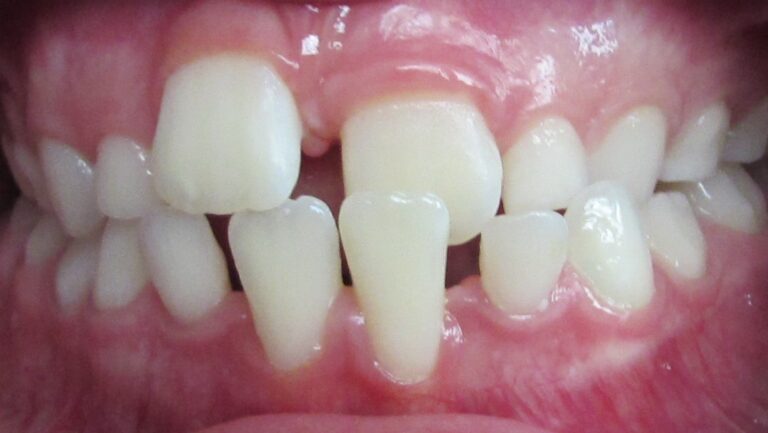
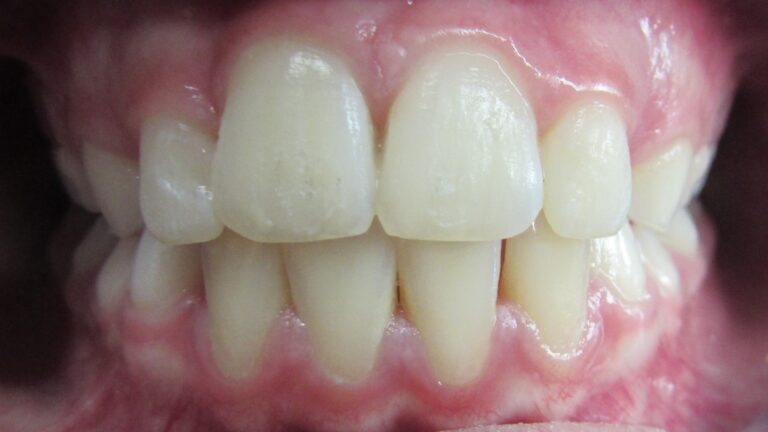
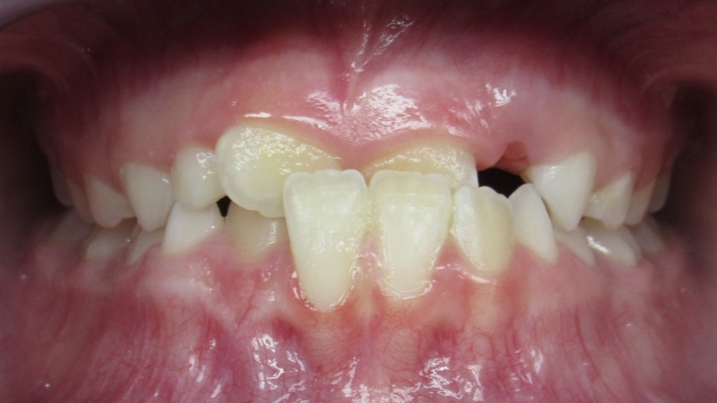
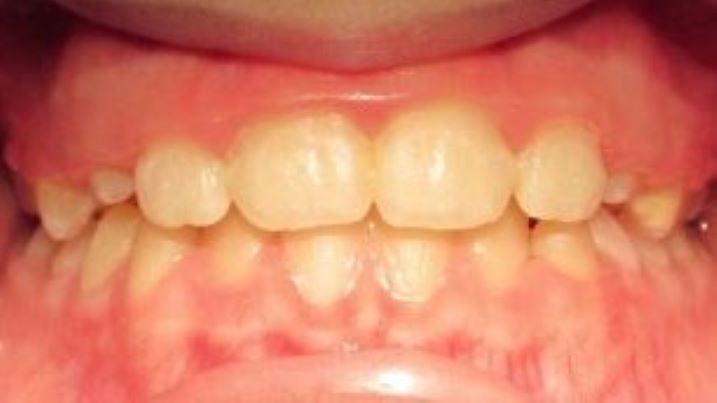
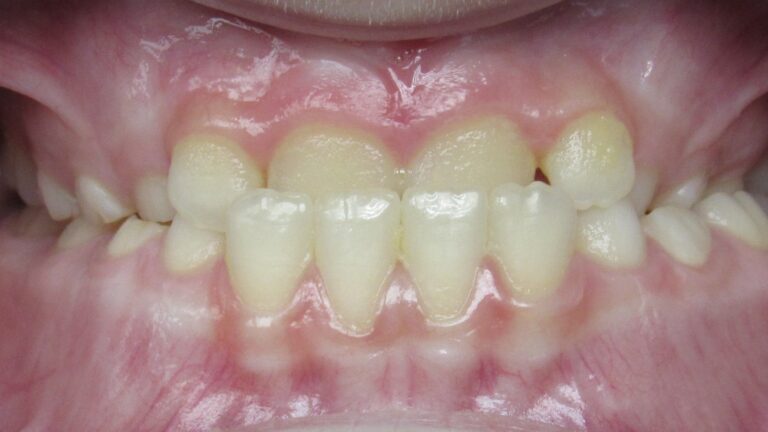
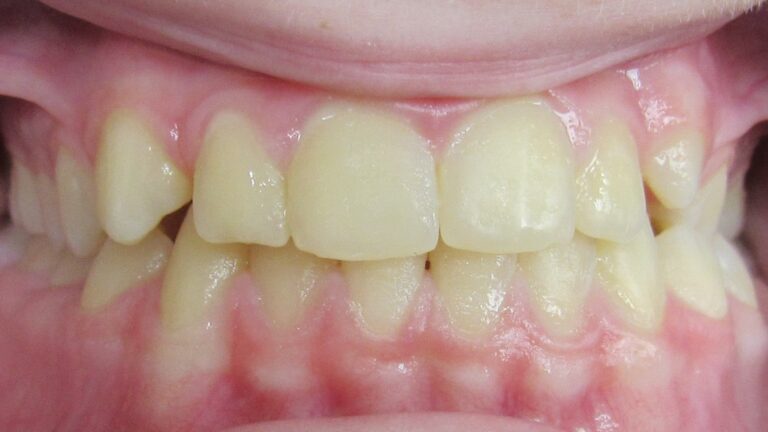
Crowded/Crooked Teeth
Patients with severe crowding may be candidates for braces or even an expander if appropriate. If possible we try to avoid removing teeth, but if it is in the best interest of a child we may recommend it.
Sometimes we will wait for all adult teeth to come in before starting treatment, however, if the patient and parent have concerns about esthetics we are happy straighten teeth as an initial phase.
Excessive Spacing
Many times we are not concerned with spacing, as this is a normal occurrence as a child is losing baby teeth and the adult teeth are erupting. It is worth noting that many patients with a large gap may have a large or high frenum (tissue attaching just above the two front teeth). If this is the case we may close the space and refer the patient to have a frenectomy.
Protruding Front Teeth
Not always, but often, excessive spacing includes the front teeth sticking out. If the patient is at a high risk of trauma to their front teeth or the patient/parent are concerned with esthetics we may bring those front teeth back with braces.
Absence of Adult Teeth
The most common reason that adult teeth do not come in is that they do not have space to erupt. We use braces or even an expander to help create space for eruption.
Sometimes a child is congenitally missing adult teeth–they never formed. Any early treatment performed, if necessary, will be to make any treatment down the road much easier.
Finger Sucking Habit
Finger sucking can have detrimental effects on a child’s bite, growth, and natural tooth eruption. We first recommend easy and non-invasive approaches to stopping the habit, such as wearing a glove or sock at night. As a last resort we may place a small oral appliance that blocks the child’s finger. The child may need additional treatment to correct the negative dental and skeletal effects from the habit.
Tongue Habit
A tongue habit typically involves a ‘tongue thrust’ in which the child postures their tongue forward. This often corresponds with spacing, protruding front teeth, and possibly an open bite. Initially, we recommend tongue exercises to help retrain the tongue to stay in a better position. As a last resort we may place an oral appliance, such as a tongue crib, that will cradle the tongue to a better position.
